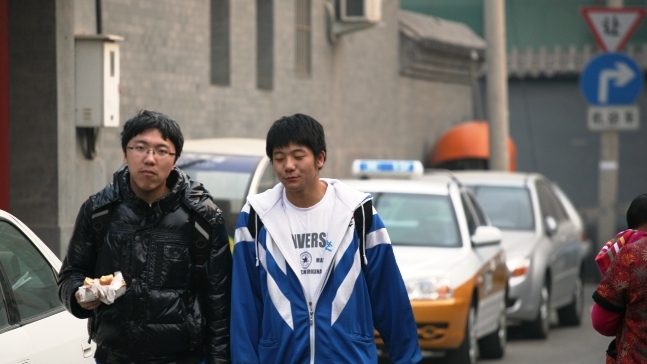On May 22, 2012 the World Bank and the Pupil’s Transportation Safety Education Activities Office (PTSEAO) held a one-day international workshop in Beijing on “Improving School Transport Safety in China” to share international experiences on school transport safety, highlight the topics of legislation, school bus operation and financing, regulation, and to facilitate dialogue amongst various national agencies and local governments to discuss the challenges and approaches to a safe and sustainable school transport system in China.
Using international best practices and lessons learned from countries further along the economic development path, the international speakers reviewed some of the key factors that they have faced in establishing safe school transport systems. One of the objectives of the workshop was to draw upon these experiences to gain a perspective for the establishment of safety legislation, institutional framework, and pilot demonstrations of school transport safety. Mark Lundell, World Bank’s Sustainable Development Sector Manager for China and Mongolia, invited the participants to “share experiences, learn from each other, and discuss how to improve the safety of the school transport system in China.” Lundell went on to say, “it will be through open dialogue between these various stakeholders from within China as well as our partners from countries like the United States and the UK that we can move towards a world class school transport system for at least the 150 million primary and middle school aged children in China who deserve a safe trip to and from school every day.”
The workshop, supported by the Bloomberg Philanthropies and part of the United Nation’s Decade of Action for Road Safety (2011 – 2020), brought international experts on school transport together with local Chinese experts and various stakeholders from around the country. Domestic participants came from national and local government agencies including the State Administration of Work Safety (SAWS), Ministry of Education, Ministry of Transport, Ministry of Health, various cities where the Bank works, as well as from research institutes and universities.
"School transport safety is systems engineering, consisting of three basic elements: people, vehicles, and roads. The responsibility of production, operation, supervision and management of each of these elements is distributed amongst various national agencies. A clear spectrum of duties should be defined, so that each agency can take full accountability and responsibility of their respective duties, and make full efforts to achieve the joint target,” noted Zhao Ruihua, Deputy Director General from the SAWS.
Dr. Sian Thornthwaite, Director of School Transport Company Ltd., UK, explained how a “safety culture” is developed in the United Kingdom where kids, including pedestrians and cyclists, parents, bus drivers, school administrators, as well as law enforcement are trained on how to collaborate with each other and interact with other motorists in a safe school transport system that starts at home and ends at school. She further pointed out that all countries truly face the same problems at some point resulting in the evaluation of the country’s school transport system; however, China is in a unique position to accelerate their school transport development trajectory by taking a multi-sectoral approach to collaboration and by not making the same mistakes that other countries have already made.
Jeff Tsai, Program Director of the Institute for Transportation Research and Education in the United States, discussed the importance of ’5-E’s‘ applied to developing a safe and sustainable school transport system: evaluation – of existing or potential risks and road accidents; engineering – of road infrastructure and vehicles; encouragement – of safety behavior and events; education – of children, parents, bus operators, law enforcement and school administrators; as well as enforcement – of vehicle regulations and traffic laws.
Finally, Michael Martin, Executive Director of the National Association for Pupil Transportation in the US, provided some insight into the United States’ institutional oversight structure and regulatory framework that helps to make school transport the safest mode of transport in America. He made special note of the National Transportation Safety Board in the United States, which is an independent organization that reports to various branches of the federal government including congress, after conducting investigations, assessment and evaluation of transport-related accidents, although it does not take responsibility for any transport operations or enforcement. All three presenters discussed the challenges and possible solutions to funding school transport that all countries inevitably face.
The participants all agreed that a multi-sectoral and multi-pronged approach is needed to address the challenge of providing safe, sustainable, and efficient school transport. Next steps could be to create a working group tasked with establishing targets, improving the standards, and designating responsibilities amongst agencies. Ultimately, the participants walked away from the event with a clearer understanding of what needs to be done to improve school transport in China.

